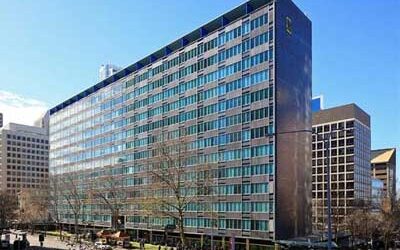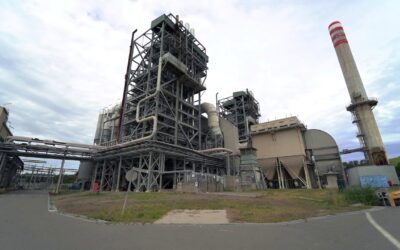The recent decision of Moffat v Woollahra Municipal Council [2022] NSWLEC 1016 is a salient reminder for councils reviewing development applications that the aims and objectives of planning controls can be met in a manner that preserves heritage significance.
Background
Pursuant to s 8.7 of the Environmental Planning and Assessment Act 1979 (EPA Act), an appeal was lodged against Woollahra Municipal Council (“Council”) against the refusal of a Development Application (“DA”).
The Applicant sought consent for the construction of a tiled, accessible roof terrace at the upper-most level of an existing dwelling located at 142 Glenmore Road, Paddington (“the Site”). The Site is situated in the Paddington Heritage Conservation Area (“HCA”), and is occupied by an ornate three-storey Victorian terrace dwelling.
The Site falls within a group of four similar terrace houses that are contributory to the cohesive and coherent Glenmore Road streetscape, and form part of the character of the Paddington HCA. The Site is located oppoSite local heritage item “The Royal Hospital for Women Park”, offering several public vantage points from which the terrace houses are viewable.
On 24 February 2021, Council refused the DA for several reasons including:
- Inconsistency of the proposal with various aims and objectives of the Woollahra Local Environmental Plan 2014 (“WLEP”);
- Failure to adequately justify the exceedance of the height of building development standard;
- Unacceptable impact upon a contributory terrace dwelling situated in the Paddington HCA;
- Unacceptable acoustic and visual privacy impacts;
- Submissions received objecting to the DA, raising issues such as security and safety concerns, adverse noise and cross viewing impacts, and concerns associated with the proposal exceeding the scale of a historic “widow’s walk”; and
- Being contrary to the public interest.
On 25 October 2021, the Land and Environment Court granted leave to the Applicant to amend the proposal. The amended proposal was largely identical to the original DA, however amended the nature of the enclosing balustrade, configuration of the proposed access ramp and accessibility of the roof terrace area.
The Court identified two critical planning and heritage issues, namely whether reconstruction of the proposed roof terrace constitutes an appropriate heritage conservation response, and if so, whether use of the terrace for recreational purposes is appropriate in light of privacy concerns.
Heritage Conservation
Having regard to the nature of the proposal, the Court concluded that the restoration and reconstruction of the roof terrace is compatible with the desired future character of Paddington HCA. In reaching this decision, the Court considered a joint report prepared by planning and heritage experts, who were in agreeance with respect to the presence of a roof terrace at an early point in the building’s history, providing evidence that returning the terrace dwelling to a more culturally significant state embodies the future image of the Paddington HCA.
Visual and acoustic privacy
Whilst the Court acknowledged that the relevant planning controls stipulate that elevated roof terraces are not a common feature of the Paddington HCA, and are in fact discouraged by Part C1.4.8 of the Woollahra Development Control Plan 2015 (“WDCP”), it accepted that any potential privacy impacts can be effectively mitigated.
In forming the view that the restoration and reconstruction of the roof terrace will improve the heritage value of the dwelling, the Court noted the following factors:
- Limited chance of congregation and noise generation due to its relatively small size of 11.5 square metres;
- Lack of visibility of the roof terrace from public vantage points nearby;
- The scale of the two existing bounding party walls prevents cross viewing between adjacent terrace dwellings;
- Access to the proposed roof terrace via the upper-most level; and
- Lack of weather protection, reducing the utility and amenity of the proposed roof terrace.
In reaching its decision, the Court further considered various jurisdictional issues raised by Council. It appreciated that the amended proposal is of an acceptable high standard of design as required by the WLEP, and imposed conditions of consent to guarantee the maintenance of such high standard of design. Ultimately, the Commissioner was satisfied that the amended DA is in the public interest and did not
The Commissioner acknowledged that the amended DA exceeded the height of the building development standard and did not reflect the final amended proposal, however remained satisfied that the Applicant’s written request to vary the height of the building development standard met the objectives outlined in the WLEP.
Whilst Council contended that construction of the terrace will establish an undesirable precedent within both the group of four terrace houses and the Paddington HCA, the Court disagreed, affirming that its construction represents an appropriate heritage outcome and conserves the fabric of the area. The experts unanimously agreed that the group of four terrace houses likely each had roof terraces at a point early in their history, advising that there is little prospect of extensive replication of roof terraces on contributory terrace dwellings in Woollahra.
The full decision can be read here: Moffat v Woollahra Municipal Council [2022] NSWLEC 1016


